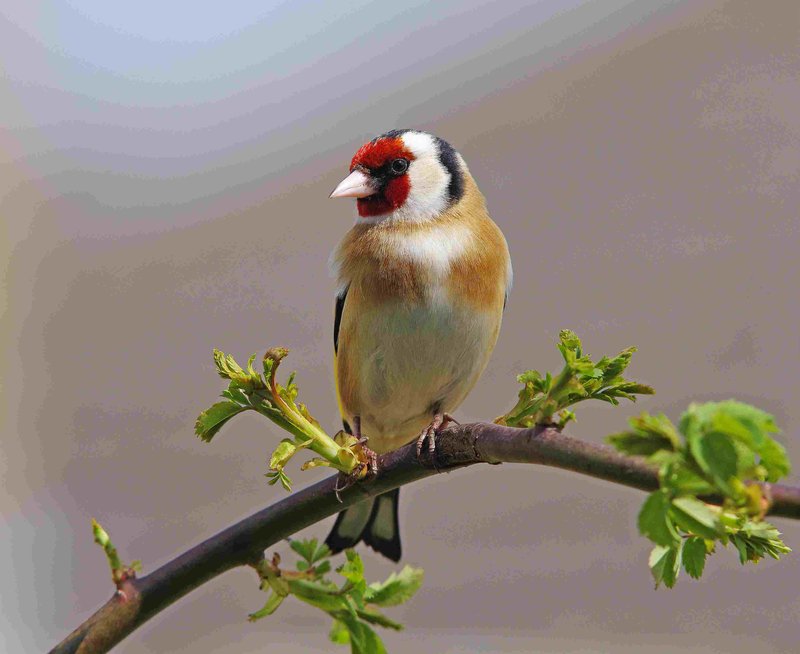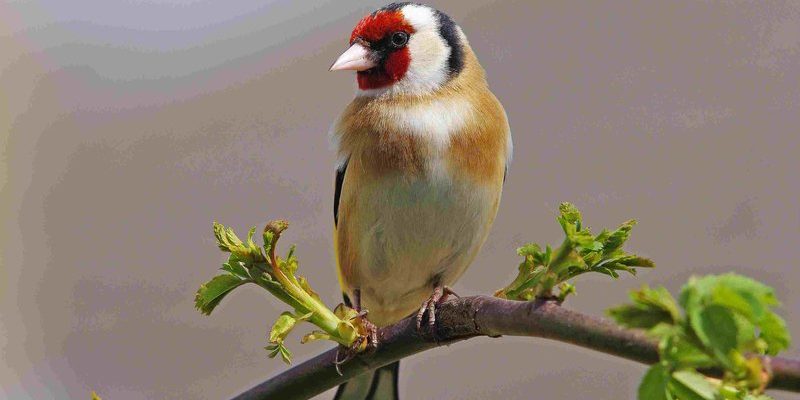
Imagine sipping your coffee while watching these colorful birds at your feeder. They’re not just there for a snack; they have stories to tell. From their incredible physical adaptations to their social behaviors, there’s so much to learn about finches. So, grab your favorite mug and let’s explore ten interesting facts that highlight just how remarkable these little birds are.
1. Diverse Species
Finches come in various shapes, sizes, and colors. With about 200 different species, you can find them almost anywhere around the globe. From the brilliant yellow American Goldfinch to the distinctive House Finch, each species has unique characteristics.
What’s fascinating is that finches are part of the finch family, Fringillidae. This family includes not just finches, but also crossbills and evening grosbeaks. Whether you spot them in backyards, woods, or wetlands, their adaptability allows them to thrive in many environments. Honestly, the variety is astounding—some finches are found in bustling urban areas, while others prefer quiet, remote forests.
2. They Have Unique Beaks
Ever noticed how finches have different beak shapes? Here’s the thing: their beaks aren’t just for show; they’re finely tuned for their diets. For instance, seed-eating finches like the Goldfinch have conical beaks that’s perfect for cracking seeds. In contrast, finches that consume insects might have thinner, more pointed beaks to catch their prey.
Their beak shapes are a fantastic example of evolution at work. As they adapt to their specific diets, their beaks change, allowing them to access food sources that might be out of reach for other birds. This kind of specialization is crucial for their survival, especially in habitats where food sources can vary greatly.
3. They’re Social Birds
Finches aren’t just solitary creatures; they’re quite social and often seen in flocks. You might see them hanging out in groups, especially during the breeding season or while foraging for food. Their social nature helps them stay safe from predators.
Here’s a fun fact: some species, like the House Finch, are known to form loose colonies. They communicate through various songs and calls, creating a cheerful choir in your garden. Watching a group of finches interact can be a delightful experience. It’s like seeing a mini-community thrive right outside your window!
4. Colorful Plumage
One of the most striking features of finches is their vibrant colors. Male finches often boast bright hues, especially during the breeding season, while females tend to have more muted tones. This difference is mainly due to sexual dimorphism, where males display more colorful plumage to attract mates.
Take the American Goldfinch, for example. The males flaunt bright yellow feathers, while the females are more of a greenish-brown. This color contrast is a great way for birds to identify one another and choose mates. The brilliant colors can also help them blend in with flowers and plants, adding an extra layer of protection against predators.
5. They’re Great Singers
If you’ve ever listened closely to the sounds around you, you might have noticed finches have beautiful, melodious songs. Their vocal abilities are impressive, and each species has a distinct song. The male finches are usually the vocalists, using their songs to defend territory and attract females.
Interestingly, some finches can mimic other birds and sounds they hear in their environment. This ability to imitate enhances their vocal repertoire and can help them communicate better with other finches. Imagine living in a neighborhood where every bird had its own unique song—what a concert that would be!
6. Their Diet is Varied
Finches are primarily seed-eaters, but they’re not picky. Their diet can include insects, fruits, and even flowers. This versatility allows them to thrive in various habitats and adapt to changes in food availability.
During certain seasons, finches may switch their diets based on what’s available. For example, in spring and summer, they might feast on insects to provide protein for their chicks. In the fall and winter, they’ll shift back to seeds and berries. This adaptability in eating habits contributes to their survival in diverse environments.
7. They’re Found All Over the World
Finches are global travelers. They’re found on every continent except Antarctica. In North America, for instance, you can find several different species of finches, while the famous Darwin’s finches are unique to the Galápagos Islands.
The reason behind their widespread presence is their adaptability. Finches can thrive in different environments, from deserts to forests to urban areas. Their ability to find food and shelter in diverse habitats makes them true survivors. It’s impressive to think about how these little birds can make a home anywhere!
8. Breeding and Nesting Habits
When it comes to breeding, finches are quite interesting. Most species build nests in trees or shrubs, using twigs, grass, and feathers for construction. The female often takes the lead in building the nest, creating a cozy space for their eggs.
Once the eggs are laid, both parents typically play a role in feeding the chicks. The young finches grow quickly and fledge in just a few weeks. This rapid development helps them survive in the wild, where every day is a challenge. Watching a family of finches grow and thrive is a beautiful reminder of how life unfolds in nature.
9. Conservation and Threats
While finches are widespread, they face threats from habitat loss, climate change, and human activity. Some species are experiencing population declines due to these factors. It’s essential to support conservation efforts to protect their habitats, ensuring these lovely birds remain part of our ecosystem.
Creating finch-friendly spaces in your garden—like planting native plants or setting up bird feeders—can also help. Every little effort counts, and you’ll enjoy the beauty of these birds while contributing to their survival.
10. Fascinating Adaptations
Finches have developed remarkable adaptations that allow them to thrive in various environments. For example, some species have learned to feed on city scraps, adapting their diet to urban living. Others have developed specialized behaviors, such as using tools to access hard-to-reach food.
These adaptations show how resilient finches are. They’ve evolved over time, adjusting to challenges in their environments. This flexibility is part of what makes them such fascinating creatures to observe.
In conclusion, finches are more than just pretty birds; they’re incredibly diverse and resilient creatures with rich stories to share. Next time you catch a glimpse of one, remember all the unique traits that make them special. Whether you’re a bird enthusiast or simply enjoy the beauty of nature, finches offer a glimpse into the wonders of the avian world. So, why not spend a little time watching them and appreciating their charm? You might just find yourself falling in love with these tiny wonders of nature.

